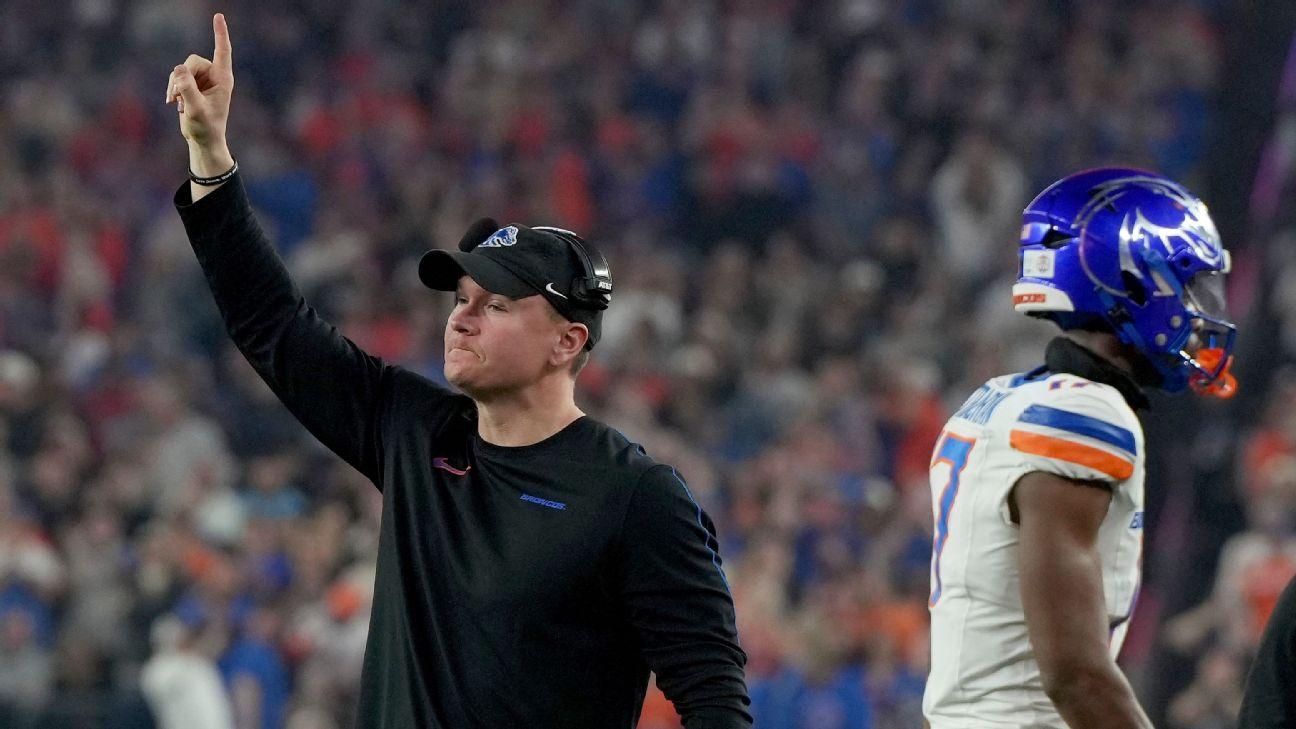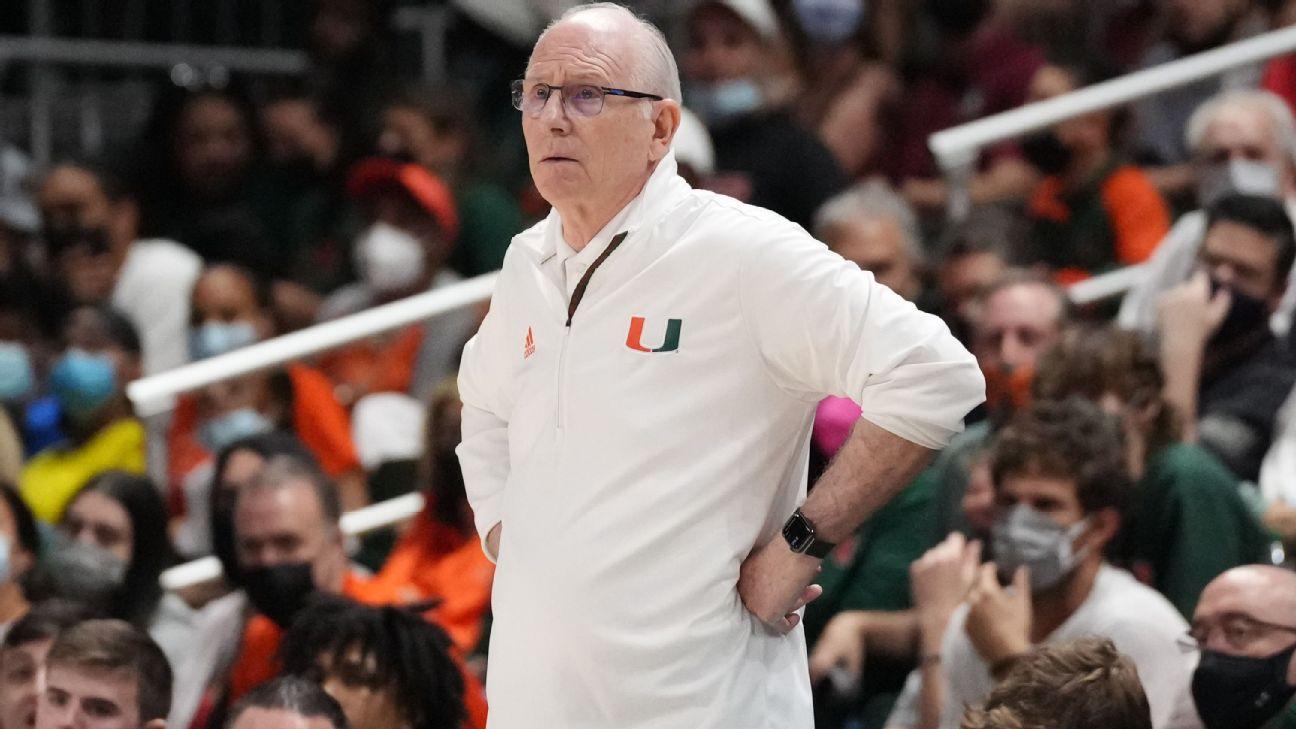Why so many families are “drowning in toys”
This story originally appeared in Kids Today, Vox’s newsletter about kids, for everyone. Sign up here for future editions. Lynne Randall doesn’t buy all the toys that show up at her house. They just kind of happen. There’s the play kitchen her 3-year-old son …

Published a month ago on Nov 19th 2024, 7:00 am
By Web Desk

This story originally appeared in Kids Today, Vox’s newsletter about kids, for everyone. Sign up here for future editions.
Lynne Randall doesn’t buy all the toys that show up at her house. They just kind of happen.
There’s the play kitchen her 3-year-old son inherited from his cousins. There’s the “random stuff” her mother-in-law buys online, all of it plastic and made up of countless tiny pieces. There’s the kid-sized workbench — Randall got that from her local Buy Nothing group, where neighbors can offload used items (and pick up more).
The sheer volume of stuff her son has to play with is overwhelming, Randall told Vox. The day we talked, she and her family were having guests at their Pacific Northwest home, so she was attempting to declutter, “finding all the parts and putting food in the toy kitchen and putting the tools in the workbench.” But it was always a losing battle.
It’s a familiar refrain among parents: One reader told Vox recently that her family was “absolutely drowning in toys.” And while adults have been complaining about kids’ junk for generations (please see my father’s fruitless search for my brother’s one-inch-long toy wrench in Los Angeles International Airport circa 1992), many millennial and Gen X parents have the sense that something is different now — that kids have more toys than in past decades, and that they seem to arrive in ways Randall describes as “unintentional.”
Historical data on the average number of toys per kid is surprisingly hard to come by, but there is evidence that Americans’ toy glut is increasing — and it’s not just a problem for affluent households.
US toy sales jumped from $22.3 billion in 2019 to $26 billion in 2020, and then to $30.1 billion in 2021, as parents struggled to entertain their kids at home during the pandemic. Sales dipped slightly in 2023, perhaps because of inflation, but remain solidly above 2019 levels.
“I don’t think we’ll ever go back,” Juli Lennett, a vice president and industry adviser for toys at the market research firm Circana, told me.
Shelves overflowing with cars and blocks and action figures can be just as stressful for kids as they are for parents. Sometimes “kids don’t play with anything, because there’s just too many options,” said Sarah Davis, a parenting coach and co-author of the book Modern Manners for Moms and Dads. Meanwhile, an overemphasis on acquiring new toys can foster materialism, which is linked with anxiety and depression.
Stemming the tide of clutter is easier said than done, since toys often come from grandparents or other loved ones, or even from parties at school. But experts say there are certain characteristics that kids’ favorite toys share. And by focusing on those, grown-ups may be able not only to save money and space, but also to help kids have more fun.
Still, I get the struggle. Recently, I was taking a shower when I noticed a pink plastic rat in the drain.
Why kids have so many toys
In the early 2000s, a team led by archaeologist Jeanne E. Arnold counted up the possessions of 32 self-identified middle-class families. The average family in their sample had 139 toys visibly on display, with “untold numbers” out of sight in closets or under beds, the authors wrote in a 2012 book about the research. One girl’s room contained 165 Beanie Babies, 22 Barbie dolls, 36 “human/animal figurines,” and one miniature castle. “Spilling out of children’s bedrooms and into living rooms, dining rooms, kitchens, and parents’ bedrooms, the playthings of America’s kids are ubiquitous in middle-class homes,” the authors wrote.
That problem has only worsened, with several factors contributing to the overflow. Unlike most other categories of products, childrens’ playthings have actually gotten cheaper over the last 30 years, Business Insider’s Katie Notopoulos reported. A toy that cost $20 in 1993 would retail for just $4.68 today, in part because of lower production costs as manufacturing moved overseas. Those rock-bottom prices make it easier for grown-ups to buy kids that extra doll or car or guinea pig in a shark suit.
But Americans aren’t just buying more toys than they used to, they’re also buying them differently. Toys R Us filed for bankruptcy in 2017 and has all but disappeared from the shopping landscape, and other brick-and-mortar toy stores, from small to large, have shuttered in recent years. Meanwhile, shopping has also become more seamless, thanks to Amazon and other e-commerce platforms. In the 1990s, my parents had to drive to Toys R Us to get my brother a squishy, blood-shot rubber eyeball; I can purchase a similar eyeball and get it delivered by the end of the week.
Online shopping also offers a convenient way for far-flung extended family members to send kids more toys. “We ask for clothes and college fund money, and despite that, sometimes toys still come in,” Randall told me.
Even secondhand shopping has leveled up, from yard sales and flea markets to Facebook groups and sites like Mercari that let parents snag some lightly used Legos without leaving the couch.
The rise of YouTube over the last 20 years has also changed toy purchasing, with influencers advertising toys and releasing their own lines. Unboxing videos, in which kids or adults film themselves taking toys out of packages, have become a cultural staple, even inspiring the popular Netflix kids’ show Gabby’s Dollhouse (which now has its own branded toys). There are simply more avenues for toy advertising and quasi-advertising today than in decades past, and — thanks to features like TikTok Shop — more and easier ways to buy them.
Changing childhood cultural norms may also be having an effect. More schools are asking parents to distribute small toys instead of cupcakes at children’s birthday parties, in an effort to cut down on sugar, parents tell me. The result is what Davis, the parenting coach, calls “the plastic graveyard — all these plastic toys that are just showing up from birthday parties and classroom parties in lieu of candy.”
How many is too many toys?
After an initial burst of excitement, a lot of those new toys aren’t seeing much playtime, experts say.
“Kids often really only play with a subset of toys, and the other ones are not really that relevant,” sociologist Allison Pugh told Vox in an email.
In a 2017 study, University of Toledo researchers found that toddlers played longer and more creatively when presented with just four toys than when they had 16 options to choose from (though that’s still a far cry from the 100-plus toys many kids actually own).
The benefit of having fewer choices is something a lot of early educators understand. “If you go into a preschool classroom, they’ll have like, three tables set up, and each table will have a specific group of toys,” Davis said. “It’s not too much. It’s not overwhelming.”
Kids’ favorite toys, meanwhile, tend to be those imbued with “social meaning,” Pugh said. “Kids use toys to connect to other kids — sometimes just by owning the same exact thing, sometimes by playing with it together, sometimes by accruing and sharing specialized knowledge about that toy.”
Playing with others can give meaning even to objects that aren’t intended as toys at all: “My kids once developed an elaborate series of stories about a bunch of rocks that they found,” Pugh said.
The social aspect of toys isn’t always so cute — kids can be bullied or feel inferior if they don’t have the same toys other kids have, and social comparisons can be painful for children whose parents can’t afford new purchases. And while wealthier families may be able to afford pricier toys, lower-income parents sometimes feel so much pressure to buy popular items that they’ll go without basic necessities to do so, Pugh has found.
But thinking about toys as social objects is also a reminder that playing is what makes a toy a toy — if nobody plays with it, it’s just part of the plastic graveyard. Kids might gravitate at first to the toys with the most bells and whistles — like, for example, these cursed electronic stuffies that emit bloodcurdling screams when thrown.
But toys that do too much often lack “stickiness,” or the ability to hold kids’ attention for a long period of time, said Sudha Swaminathan, director of the Center for Early Childhood Education at Eastern Connecticut State University. The stickiest toys are usually simple and open-ended, she said, like blocks or basic animal figures.
The toys that kids return to again and again are the ones that “require attention, imagination, and creativity,” Davis said.
For her kids, that’s magnetic blocks. For Randall’s son, it’s a set of wooden train tracks left over from her own childhood. “I guess I just didn’t need to get any modern toys,” she said.
Realistically, kids are going to ask for toys they saw on YouTube, on the playground, or at a friend’s house. They’re going to come home with vials of mysterious green goo that end up in the freezer (maybe this is just my kid). Parents do not control what their kids want, or even always what they get, and it can seem like that control is ebbing further every day.
The adults in kids’ lives can, however, decide when to say yes and when we have to say no. And when all else fails and the clutter gets overwhelming, we can “sneak out in the dead of night,” while they’re sleeping, as Randall puts it, and get rid of that junk.
Advertisement

Turkish group bids below minimum fee for Islamabad Airport operations
- 36 minutes ago

Govt appoints Shafqat Ali Khan as new FO Spokesperson
- an hour ago

10 people injured in New York City shooting incident: police
- 3 hours ago

PTI to present charter of demands in third round of govt talks
- an hour ago

Boise St. coach's message to all: 'Watch the film'
- 5 hours ago

Sources: Miami's Larranaga in talks to step down
- 5 hours ago
You May Like
Trending














